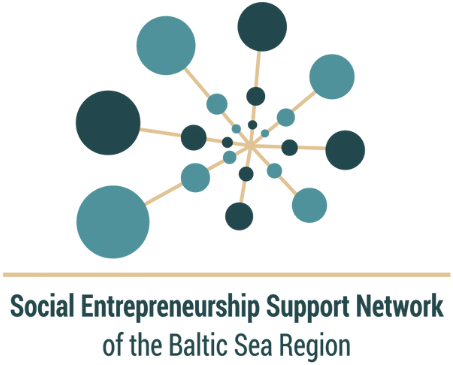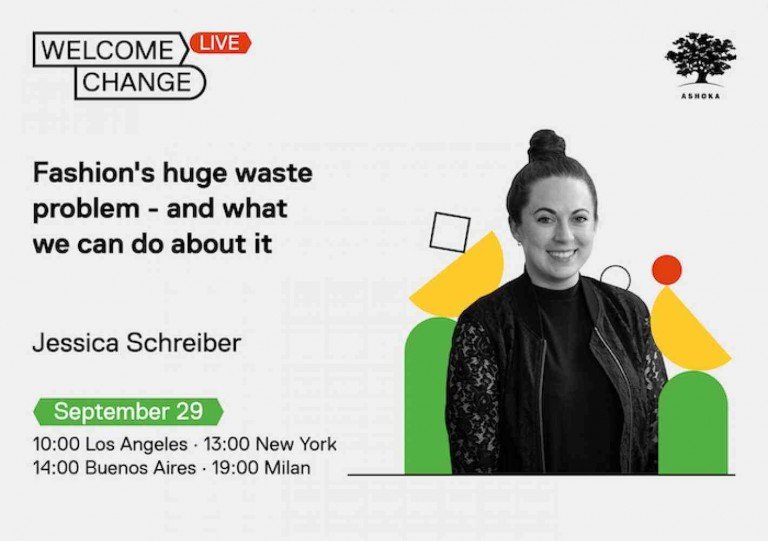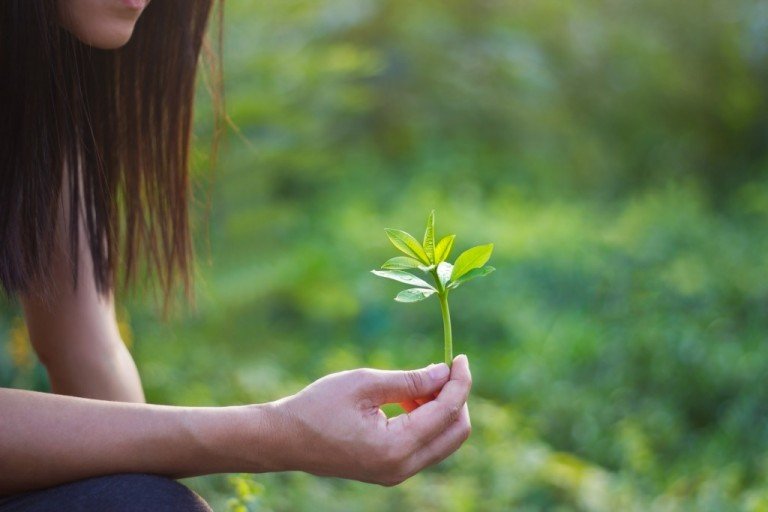Here’s What You Can Do to Help People in Ukraine Right Now
As destruction worsens and casualties mount during Russia’s invasion of Ukraine, people all over the world are looking for ways to help.
One simple step, experts say, is to remain informed about the conflict and to be cautious about the information that’s spread on social media. Disinformation is one of Russia’s favorite weapons of war, and accidentally amplifying it can harm civilians.
Another easy step is to donate money. Most large international aid organizations, including UNICEF, the UN Refugee Agency (UNHCR), the International Committee of the Red Cross, Doctors Without Borders, and the International Rescue Committee, are currently working in Ukraine and neighboring countries, where a growing number of displaced people are fleeing.
More information is HERE.


This publication has been prepared within INDIGISE project. The content of this publication is the sole responsibility of the project coordinator and may not always reflect the views of the European Commission or the National Agency.









